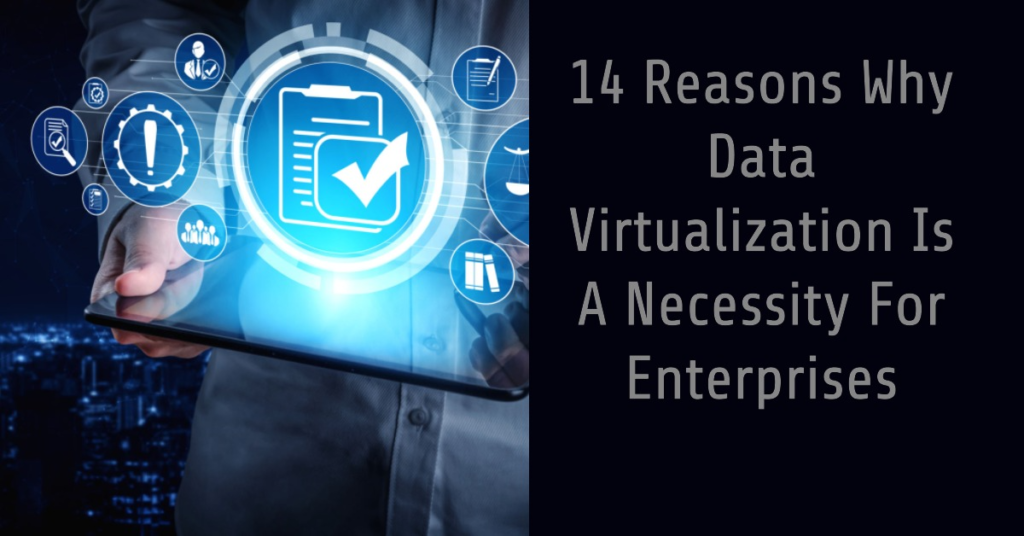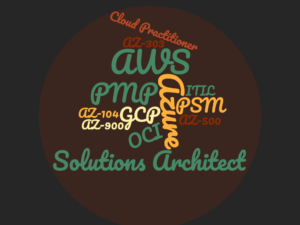|
|
Organizations strive to make the most out of their data assets. Effective data governance becomes increasingly important because of this.
One critical component of data governance is accessing and managing data. This is across many sources. It is while maintaining consistency, accuracy, and security. This is where data virtualization comes in.
Data virtualization provides a layer of abstraction. This layer is between data consumers and the underlying data sources. This allows for smooth access to data without the need for physical integration.
This technology is particularly useful in addressing data governance challenges. This is because it helps enterprises to streamline data access. It also improves data quality while maintaining a centralized view of the data.
Data Governance and its Meaning

You may be asking yourself, “What is data governance?” Well, simply put, data governance involves managing an organization’s data. This includes its availability, usability, integrity, and security.
Organizations establish specific policies and procedures for managing data. This is by ensuring that data is reliable, complete, and protected.
In this article, we’ll delve into the topic of data virtualization. We will also examine why it is important for enterprises.
14 Reasons Why Data Virtualization is a Necessity For Enterprises

1. Improves Enterprise Data Governance
Data virtualization can improve enterprise data governance and security. It does this by providing a centralized view of data. This will allow enterprises to control data access and ensure that sensitive data is properly secured.
For example, a healthcare provider may use data virtualization to manage patient data. They can also ensure that only authorized personnel have access to it.
2. Reduces Complexity
Data virtualization reduces complexity and simplifies data management. This is by providing a unified view of data from many resources. It can cut the need for redundant data storage. It will also allow enterprises to manage data more efficiently.
For example, a company may have customer data stored in different databases. It can be across different departments. With data virtualization, these databases can be integrated into a single view of customer data. This makes it easier to manage and analyze.
3. Real-Time Access
It enables real-time access to data from various sources. This includes traditional databases, cloud-based systems, and big data platforms. This allows enterprises to make informed decisions based on the latest data and will lead to improved business outcomes.
For example, a retailer may use data virtualization to track real-time customer purchases. They can also adjust pricing and promotions accordingly.
4. Cost Reduction
Data virtualization can reduce costs associated with data management. This eliminates the need for physical data replication and reduces the need for costly hardware upgrades. Enterprises can then save money on IT infrastructure.
This is particularly important as businesses are dealing with increasing amounts of data. They are also faced with pressure to keep costs under control.
5. Faster Data Access
It provides faster access to data by eliminating the need for complex ETL (Extract, Transform, Load) processes. ETL processes are often used to integrate data from various sources. But they can be time-consuming and expensive.
Data virtualization allows enterprises to access and analyze data quickly. This will lead to faster decision-making.
6. Flexible and Scalable Architecture
It provides a flexible and scalable design that can accommodate evolving data needs. As data sources change and new technologies emerge, data virtualization can adapt to these changes. It does this without requiring significant IT investment.
This is particularly important since enterprises try to stay active. They also try to respond quickly to changing business needs.
7. Leverage IT Investments
Data virtualization allows enterprises to leverage their existing IT investments. Companies can avoid costly replacements and upgrades by integrating with existing data infrastructure.
For example, a company may have invested in a data warehouse solution. But, they need to integrate data from cloud-based sources. Data virtualization can be used to integrate cloud-based data. This is without needing significant changes to the existing data warehouse solution.
8. Interface Supply
It provides a single interface for data access and integration. This allows enterprises to streamline their data management processes and reduce the need for IT support.
For example, a company may have many applications needing customer data access. Data virtualization can be used to give a single interface for these applications. It will then simplify data access and reduce the need for IT support.
9. Agile Development
Data virtualization enables agile development by providing quick access to data. This allows developers to create prototypes and test new applications rapidly. This will lead to faster time-to-market.
For example, a software development team may use data virtualization. This is to quickly access and integrate data from various sources to build a new application.
10. Self-Service Analytics
It enables self-service analytics by providing easy access to data for business users. This allows non-technical users to explore and analyze data independently without IT’s help.
For example, a marketing team may use data virtualization to access and analyze customer data. They will then gain insights into customer behavior.
11. Better Data Quality
Data virtualization improves data quality by providing a unified view of data. This will allow enterprises to identify and resolve data inconsistencies and errors.
For example, a company may store customer data in many databases with different formats. Data virtualization can be used to integrate this data and ensure consistency and accuracy.
12. Comprehensive Data View
It provides a complete view of data across the enterprise. This allows companies to gain an entire view of their operations and make informed decisions.
For example, a manufacturer may use data virtualization to integrate data from various sources. It can be through a supply chain, production, and sales. This is to gain insights into their operations.
13. Better Data Integration
Data virtualization improves data integration by eliminating data silos. Data silos can arise when different systems within a business store data in different formats or locations.
Data virtualization can be used to integrate these disparate data sources. It can also provide a unified view of data. This leads to improved collaboration and better decision-making.
14. Faster Time-to-Value
It enables faster time-to-value. This is by reducing the time required to integrate data from many sources. This allows businesses to gain insights from their data and make informed decisions quickly.
For example, a financial services company may use data virtualization to integrate data quickly. It can be from various sources, such as market and customer data. This will help in making investment decisions.
Conclusion
Data governance has become a vital aspect of organizations. They use it to manage and protect their data. Data virtualization has emerged as a powerful tool. This is because of the increasing volume of data.
Data virtualization provides a centralized view of data from many sources. This is while reducing complexity and costs. Data virtualization enables real-time access to data and faster decision-making. It is also flexible and scalable to accommodate evolving data needs.
It leverages IT investments and provides a single interface. It is for data access and integration. Additionally, data virtualization improves data quality and enables self-service analytics. It also provides a comprehensive view of data. It also improves data integration by eliminating data silos.
Further Reading:
Interested in data? Check out these highly sought after Tableau Certifications.
How to start your career in Data Science and Machine Learning.

